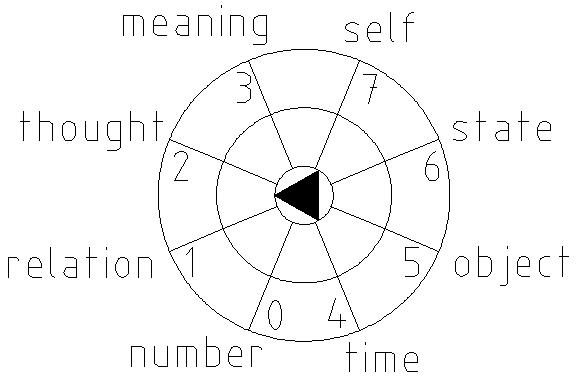
321.04 "Universe is a scenario. Scenario
Universe is the finite but nonunitarily conceptual aggregate of
only partially overlapping and communicated experiences of
humanity."

| # |
Trigram |
Name |
Mode |
Type |
Mnemonic |
| 0 | 000 | Khwan |
Yin | Submission | Earth |
| 1 | 001 | Kane |
Yang | Resisting | Mountains |
| 2 | 010 | Khan |
Yang | Peril | Moving Water |
| 3 | 011 | Sun |
Yin | Flexibility | Wind, Wood |
| 4 | 100 | Kan |
Yang | Moving | Thunder |
| 5 | 101 | Li |
Yin | Elegance | Sun, Fire |
| 6 | 110 | Tui |
Yin | Pleasure | Standing Water |
| 7 | 111 | Khien |
Yang | Supremacy | Heaven |
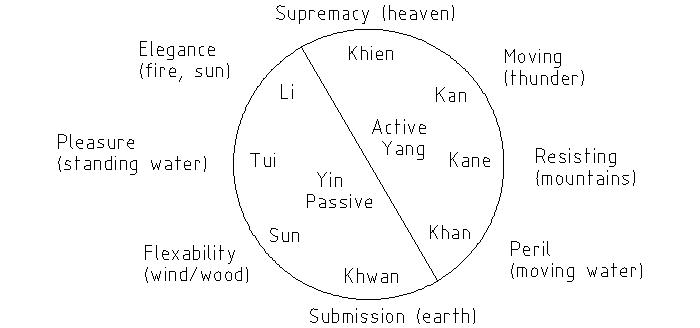
| Type | Societal | Nature | Color |
Age | Ordinal State |
| Supremacy | dominance | fire | white |
young adult | 7 active more stable |
| Moving | expansion | Spring | violet | adulthood | 6 active more transitional |
| Resisting | conservatism | earth | blue |
middle age | 5 active less transitional |
| Peril | upheaval | Winter | green | old age |
4 active less stable |
| Submission | collapse | water | black |
dotage | 0 passive less stable |
| Flexibility | acceptance | Fall | red |
infancy | 1 passive less transitional |
| Pleasure | learning | air |
orange |
childhood | 2 passive more transitional |
| Elegance | mastery | Summer | yellow |
adolescence | 3 passive more stable |
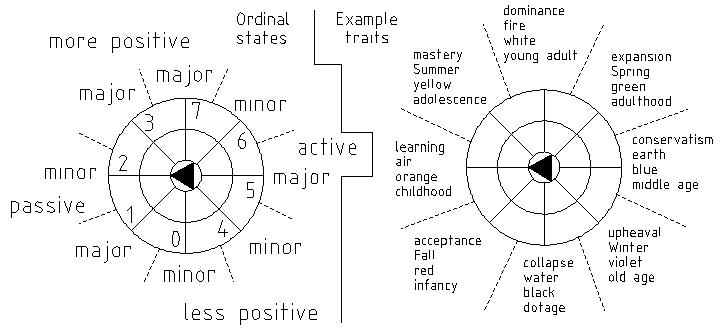
| Type | Creation |
Description |
Articulation |
Specialization | Ordinal State |
| Supremacy | self |
action |
intention | science | 7 active more major |
| Moving | state | dimension |
interpretation | business | 6 active more minor |
| Resisting | object | absolute |
depiction |
law | 5 active less major |
| Peril | time |
time |
interrogation | sport | 4 active less minor |
| Elegance | meaning * |
sensation | extrapolation | art | 3 passive more major |
| Pleasure | thought |
value * |
interpolation | education | 2 passive more minor |
| Flexibility | relation |
relative |
recognition * |
employment | 1 passive less major |
| Submission | number |
format |
recollection |
leisure * | 0 passive less minor |
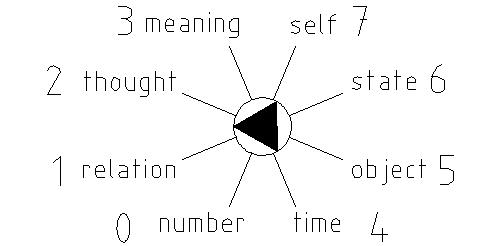
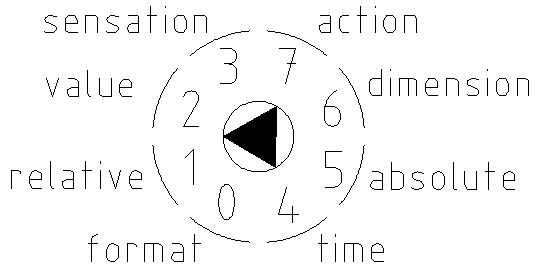
| lath |
absolute |
neither |
dimension |
dimension+absolute |
| Degree | less positive | positive | comparative | superlative |
| adjectives |
less trivial | trivial | more trivial | most trivial |
| adverbs |
less trivially | trivially | more trivially | most trivially |
| Tense |
future |
present | past many |
past once | |
| Laths |
action |
action+absolute | action+time | action+absolute+time | |
| Index |
N = 8 |
N = A | N = 9 |
N = B | |
| N000 |
Be |
Being | Been |
have Been |
|
| N100 |
Do | Doing | Did | have Done | |
| N200 |
Come | Coming | Came | have Come | |
| N300 |
Go |
Going | Went | have Gone | |
| N400 |
Hear |
Hearing | Heard | have Heard | |
| N500 |
Make | Making | Made | have Made | |
| N600 |
Give | Giving | Gave | have Given | |
| N700 |
Take | Taking | Took | have Taken | |
| N800 |
See | Seeing | Saw | have Seen | |
| N900 |
Say |
Saying | Said | have Said | |
| NA00 |
Get |
Getting | Got | have Gotten | |
| NB00 |
Put | Putting | Put | have Put | |
| NC00 |
Let |
Letting | Let | have Let | |
| ND00 |
Keep |
Keeping | Kept | have Kept | |
| NE00 |
Send | Sending | Sent | have Sent | |
| NF00 |
Press |
Pressing |
Pressed |
have Pressed |

| Verb person => and tense ==v |
direct self (default) |
indirect self (plural is many) |
direct other |
indirect other (all sexes) |
| past once far | I had (once) | one had (once) | you have (once) | it had (once) |
| past many far | I was (many) | one was (many) | you were (many) | it was (many) |
| past once near | I just did (once) | one just did (once) | you just did (once) | it just did (once) |
| past many near (ongoing) |
I am still (many) |
one is still (many) | you are still (many) | it is still (many) |
| future once near |
I am about to (once) | one is about to (once) | you are about to (once) | it is about to (once) |
| future many near | I am about to (many) | one is about to (many) | you are about to (many) | it is about to (many) |
| future once far (default form) | I will (once) (default) | one will (once) | you will (once) | it will (once) |
| future many far | I will (many) | one will (many) | you will (many) | it will (many) |
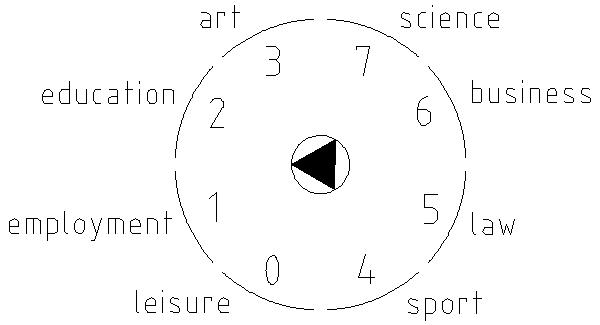
The following ITALIC text is no longer correct. I am retaining this information for historical purposes. Encryption is now enabled with the 'Hypodescriptive' #7500 term. The leisure lath (#01) contains the vacation and recreation Area. The employment lath (#02), by itself, signifies that Unicode characters are being specified.
The leisure lath, by itself, does not modify the Articulated thought or reverse the order of pronunciation. This is the default when the outer laths are not shown. If the leisure lath is shown alone it implies that the thought is not part of any 'official' communication and may be encrypted to ensure privacy.This section is becoming more and more obsolete as
the vocabulary (and my understanding of the 'optimal'
grammar) evolve. The basic rules haven't changed, but
the example sentences are not the paragons of
eloquence that once I hoped them to be. I'm inclined
to leave the examples intact as a monument to my own
youthful over-exuberance and focus my remaining
energies on the creation of educational 'demos' that will give
examples of useful conversations that use
Instrumentation.
The following scheme has become superseded by the use of Unicode as shown in this example. I am retaining this information for historical purposes.
Proper names and other semantically meaningless sounds are represented phonetically. Employment (single outer lath #1 "BAH") implies that the elements in the inner three layers are the phonetic representation of a proper noun (a proper name, such as 'Bob') and have no meaning other than the sound they make in combination. Normally the phoneme for the 'employment' spoke is silent in proper nouns (because "BAH" is not always part of the proper names). The phoneme for the employment spoke can be pronounced to specify that the following sounds are a name, if it isn't otherwise obvious.| Number |
Left IS |
Right IS | Left IL |
Right IL |
Left OS |
Right OS |
Left OL |
Right OL |
| #1 |
MUH
|
MO |
MIY |
MAY |
MEH |
ME |
MAH |
MU |
| #2 |
BUH | BO | BIY |
BAY |
BEH |
BE |
BAH |
BU |
| #3 |
PUH | PO | PIY |
PAY |
PEH |
PE |
PAH |
PU |
| #4 |
WUH | WO | WIY |
WAY |
WEH |
WE |
WAH |
WU |
| #5 | NUH | NO | NIY |
NAY |
NEH |
NE |
NAH |
NU |
| #6 | DUH | DO | DIY |
DAY |
DEH |
DE |
DAH |
DU |
| #7 | TUH | TO |
TIY |
TAY |
TEH |
TE |
TAH |
TU |
| #8 (R or L) |
RUH | RO | RIY |
RAY |
REH |
RE |
RAH |
RU |
| #9 | VUH | VO | VIY |
VAY |
VEH |
VE |
VAH |
VU |
| #A |
FUH |
FO |
FIY |
FAY |
FEH |
FE |
FAH |
FU |
| #B | GUH | GO | GIY |
GAY |
GEH |
GE |
GAH |
GU |
| #C | KUH | KO |
KIY |
KAY |
KEH |
KE |
KAH |
KU |
| #D | ZUH | ZO |
ZIY |
ZAY |
ZEH |
ZE |
ZAH |
ZU |
| #E | JUH | JO | JIY |
JAY |
JEH |
JE |
JAH |
JU |
| #F | CHUH | CHO |
CHIY |
CHAY |
CHEH |
CHE |
CHAH |
CHU |
| #0 (no spokes) |
Silent or SUH |
Silent or SO |
Silent or SIY |
Silent or SAY |
Silent or SEH |
Silent or SE |
Silent or SAH |
Silent or SU |
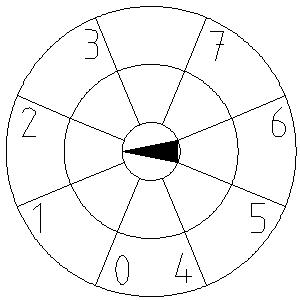

| (left) |
outer lath | outer spoke | inner lath | inner spoke |
| Oct #3 | 2 |
3 |
4 |
5 |
| Oct #2 | Q |
W |
E |
R |
| Oct #1 | A |
S |
D |
F |
| Oct #0 | Z |
X |
C |
V |
| (right) |
inner spoke | inner lath | outer spoke | outer lath |
| Oct #7 | 7 |
8 |
9 |
0 |
| Oct #6 | U |
I |
O |
P |
| Oct #5 | J |
K |
L |
; (semicolon) |
| Oct #4 | N |
M |
, (comma) |
. (period) |
| Oct #0 |
Oct #1 |
Oct #2 |
Oct #3 |
| A |
S |
D |
F |
| Oct #7 | Oct #6 | Oct #5 | Oct #4 |
| J |
K |
L |
: |
| next level |
previous level | insert level | delete level |
| N |
V |
U |
T |
| next glyph |
previous glyph | insert glyph | delete glyph |
| M |
C |
I |
R |
| plug / unplug hub |
space |
newline |
|
| B |
spacebar |
Y |
| Oct #3 | next layer | Oct #7 |
| Oct #2 | plug |
Oct #6 |
| Oct #1 | previous layer | Oct #5 |
| Oct #0 |
Save/Send Glyph |
Oct #4 |
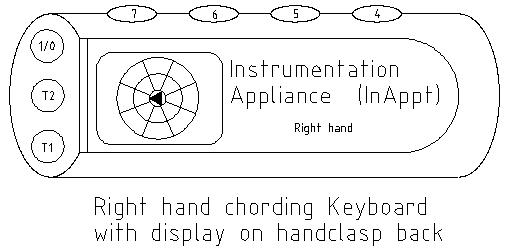
Figure XA
|
Figure XB
|
Figure XC |
Figure XD |
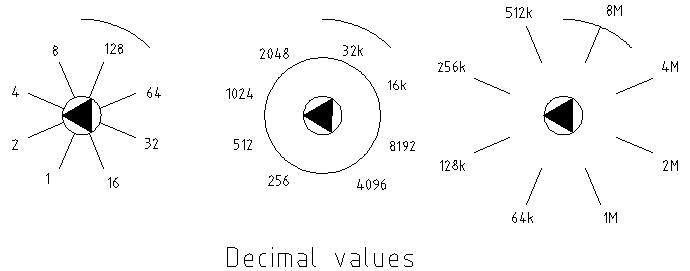
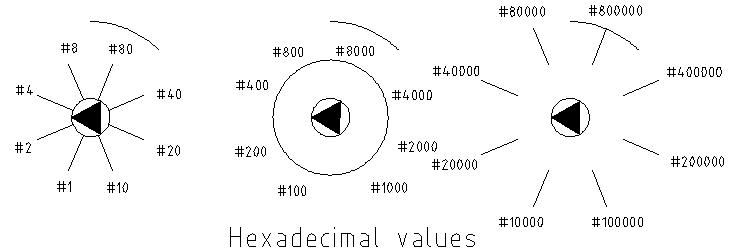
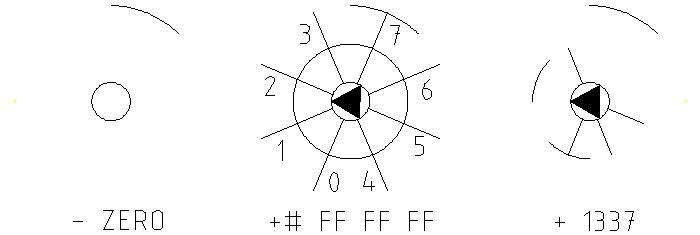
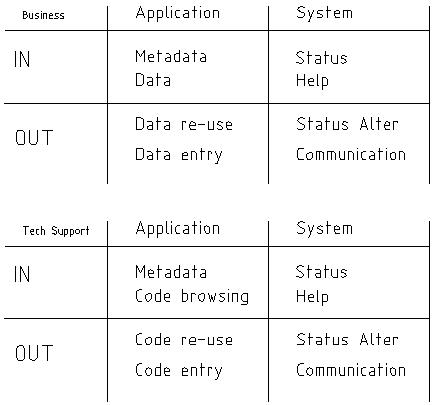
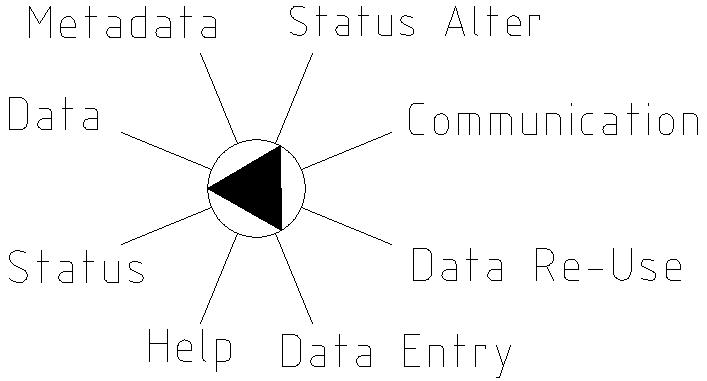
A Fuller
Explanation - by Amy C. Edmondson
Lewis Carroll's
Symbolic Logic by The Rev. C. L. Dodgson
Copyright © 1977 by Philip Dodgson Jaques and Elizabeth Christie
WFF'N PROOF "The Game of
MODERN LOGIC"
Copyright © 1962 by Laymen E. Allen
The Linguistic Instrumentation of
Existence (this document)
Copyright © 2010-2012 by Ralph L. DeCarli. All rights reserved.
The Instrumentation language and all permutations of the
Instrumentation glyph
are in the public domain.
This design is entirely my own and does not represent the views
of anyone who might be otherwise enamored of the underlying
organizational methodology.
This language is provided an "AS IS" BASIS and WITHOUT WARRANTY, either express or implied, including, without limitation, the warranties of NON-INFRINGEMENT, MERCHANTABILITY or FITNESS FOR A PARTICULAR PURPOSE.